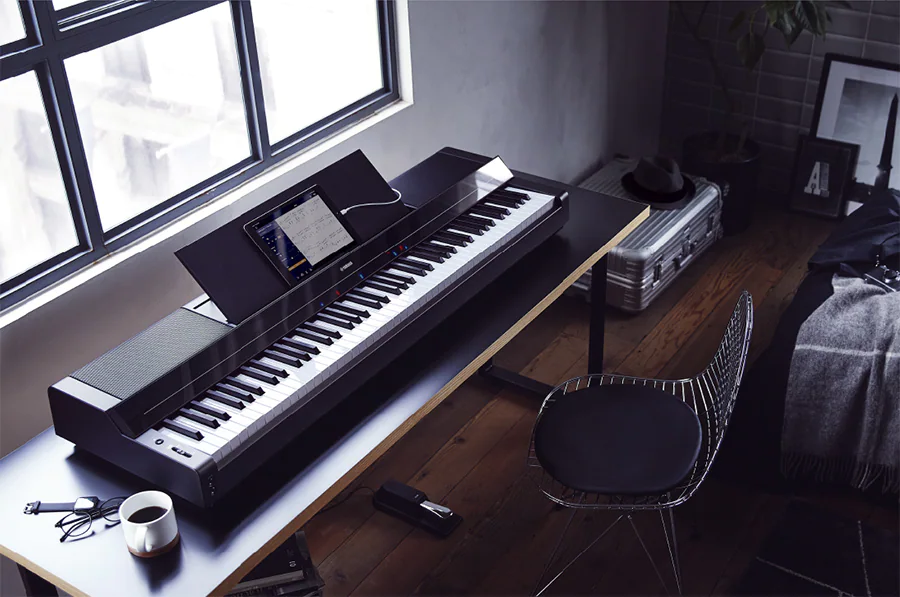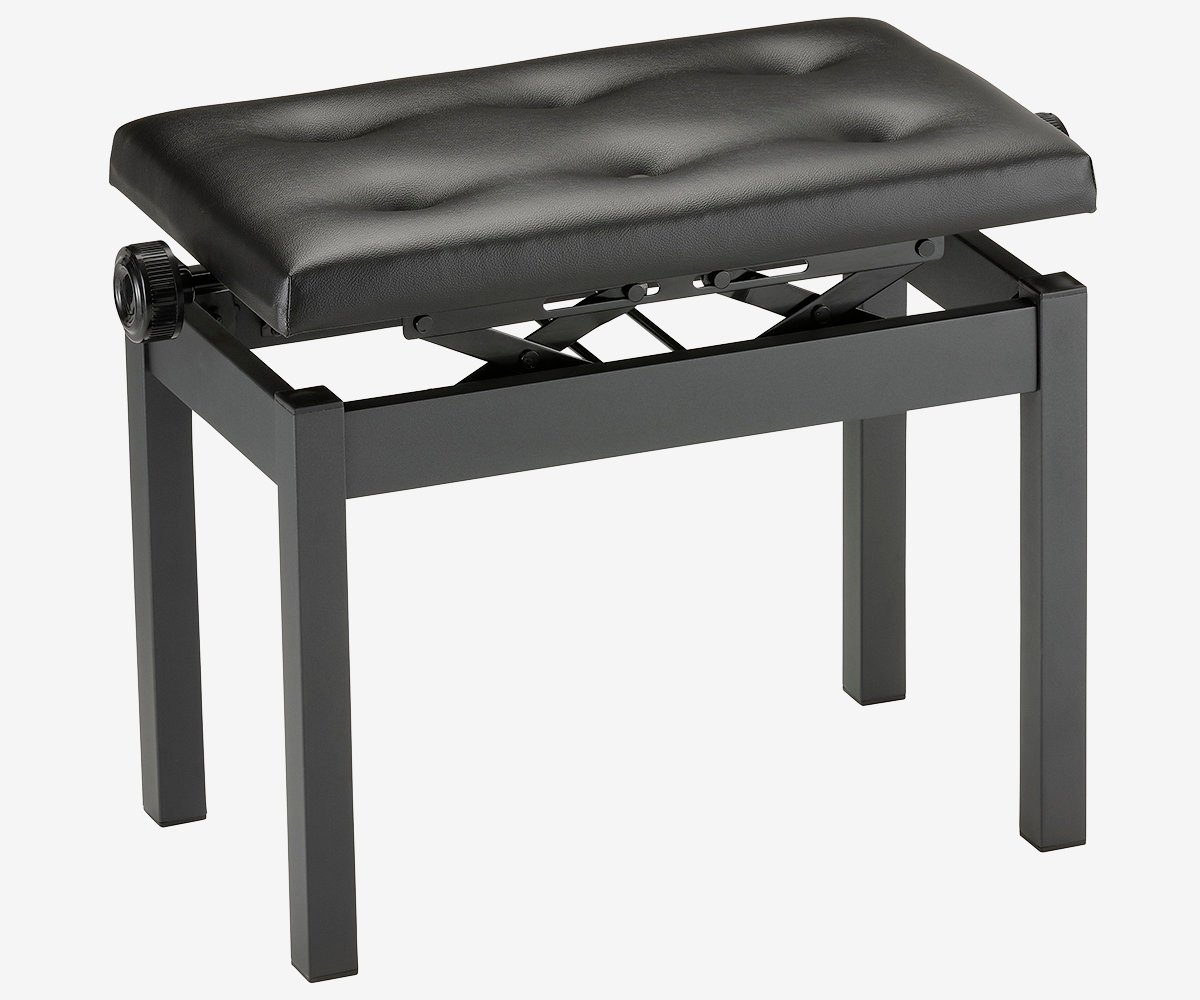In the evolving landscape of musical instruments, hybrid pianos have emerged as a compelling option for both novice and seasoned pianists. Combining the rich, authentic sound of traditional acoustic pianos with the versatility and convenience of digital technology, hybrid pianos offer the best of both worlds. This article delves into what hybrid pianos are, their benefits, key features, and why they might be the perfect choice for modern musicians.
What Are Hybrid Pianos?
Hybrid pianos, also known as hybrid digital pianos, integrate elements of acoustic pianos with digital technology to deliver a performance experience that marries authenticity with innovation. Unlike purely digital pianos that rely solely on electronic sound generation and digital interfaces, hybrid pianos incorporate traditional mechanical components alongside digital enhancements.
Key Components:
- Acoustic Action: Hybrid pianos retain the mechanical action of an acoustic piano, including weighted keys and responsive touch, providing a tactile experience similar to that of playing a traditional piano.
- Digital Sound Engine: They utilize advanced digital sound engines to replicate the nuanced tones of various acoustic pianos and other instruments.
- Connectivity Options: Hybrid pianos offer multiple connectivity features, such as MIDI compatibility, USB ports, and Bluetooth, enabling integration with digital audio workstations (DAWs), apps, and other electronic devices.
- Built-In Features: Many come equipped with built-in metronomes, recording capabilities, and customizable sound settings, enhancing their versatility for practice and performance.
Benefits of Hybrid Pianos
1. Authentic Touch and Feel
One of the standout features of hybrid pianos is their authentic touch. The mechanical action mimics the key response of an acoustic piano, allowing pianists to develop and maintain proper technique. This is particularly beneficial for students and professionals who require a realistic playing experience.
2. Superior Sound Quality
Hybrid pianos leverage high-fidelity digital sound engines that sample the rich tones of renowned acoustic pianos. This results in a sound quality that is often indistinguishable from traditional pianos, making them suitable for both practice and live performances.
3. Space and Portability
Compared to bulky acoustic pianos, hybrid pianos are typically more compact and lightweight. This makes them ideal for musicians with limited space or those who require a portable option for gigs and rehearsals.
4. Enhanced Versatility
With digital features such as multiple instrument voices, built-in rhythms, and recording capabilities, hybrid pianos offer greater versatility. Musicians can experiment with different sounds and styles without the need for additional equipment.
5. Maintenance and Durability
Hybrid pianos require less maintenance than their acoustic counterparts. There’s no need for regular tuning or climate control, and the digital components are generally more resistant to environmental factors like humidity and temperature fluctuations.
6. Connectivity and Integration
The ability to connect to computers, smartphones, and other digital devices opens up a world of possibilities for composition, recording, and interactive learning. Hybrid pianos can serve as hubs for both traditional and modern musical endeavors.
Key Features to Consider
When exploring hybrid pianos, consider the following features to ensure you select an instrument that meets your needs:
1. Key Action
Look for weighted keys that replicate the hammer action of an acoustic piano. Graded hammer action, where the lower keys are heavier than the higher ones, provides a more authentic feel.
2. Sound Quality
Check the quality of the sound samples and the digital sound engine. High-quality sampling and multi-layered sounds contribute to a more realistic and dynamic audio experience.
3. Connectivity
Ensure the hybrid piano offers the necessary connectivity options for your intended use, whether it’s MIDI compatibility, USB ports, Bluetooth, or audio outputs.
4. Portability
Consider the weight and size of the instrument, especially if you plan to move it frequently. Some hybrid pianos are designed with portability in mind, featuring foldable stands or lightweight materials.
5. Additional Features
Features like built-in metronomes, recording functions, and educational tools can enhance your practice sessions and creative processes.
6. Expandability
Some hybrid pianos allow for software updates or the addition of new sound modules, ensuring that the instrument can evolve with your musical journey.
Popular Hybrid Piano Models
Several manufacturers have made significant strides in the hybrid piano market. Here are a few notable models:
1. Yamaha AvantGrand Series
Yamaha’s AvantGrand series seamlessly blends acoustic and digital technologies. These pianos feature real wooden keys and an advanced digital sound system, offering an unparalleled playing experience.
2. Kawai Novus Series
Kawai’s Novus hybrid pianos incorporate their renowned Grand Feel action with digital sound engines, providing both the tactile response of a grand piano and the versatility of digital features.
3. Roland HP Series
Roland’s HP (Hybrid Piano) series combines the tactile feel of their acclaimed acoustic pianos with sophisticated digital technology, delivering a rich and expressive soundscape.
4. Casio Celviano Grand Hybrid
Casio’s Celviano Grand Hybrid models offer a compact design without compromising on sound quality or key action, making them suitable for both home and professional settings.
Who Should Consider a Hybrid Piano?
Hybrid pianos are ideal for a wide range of musicians:
- Students: They provide an authentic playing experience necessary for developing proper technique while offering digital tools for learning and practice.
- Home Musicians: Compact and versatile, hybrid pianos fit well in home environments without sacrificing sound quality or playability.
- Professional Performers: The portability and connectivity options make hybrid pianos suitable for live performances and studio recordings.
- Composers and Producers: With MIDI and USB connectivity, hybrid pianos integrate seamlessly with digital audio workstations, facilitating composition and production workflows.
Conclusion
Hybrid pianos represent a significant advancement in the realm of musical instruments, offering a harmonious blend of traditional craftsmanship and modern technology. By providing the authentic touch and sound of an acoustic piano alongside the versatility and convenience of digital features, hybrid pianos cater to the diverse needs of today’s musicians. Whether you’re a beginner seeking a reliable practice instrument or a professional looking for a versatile tool for performance and production, hybrid pianos offer a compelling solution that truly embodies the best of both worlds.
Further Considerations
Price Range
Hybrid pianos typically fall between acoustic pianos and high-end digital pianos in terms of pricing. While they might represent a higher initial investment compared to standard digital pianos, the combination of acoustic and digital features can offer greater long-term value and versatility.
Future Trends
As technology continues to advance, hybrid pianos are likely to become even more sophisticated. Innovations such as enhanced sound sampling, improved connectivity options, and integration with virtual reality (VR) and augmented reality (AR) for immersive learning experiences are on the horizon.
Final Thoughts
Choosing the right piano is a deeply personal decision that depends on individual needs, preferences, and circumstances. Hybrid pianos stand out as a versatile option that bridges the gap between tradition and innovation, making them a worthy consideration for anyone serious about their musical journey.
Resources
- Yamaha AvantGrand Series: Yamaha Official Website
- Kawai Novus Series: Kawai Official Website
- Roland HP Series: Roland Official Website
- Casio Celviano Grand Hybrid: Casio Official Website
References
- “Hybrid Pianos: The Future of Piano Technology” – MusicTech Magazine
- “Comparing Hybrid and Digital Pianos: Which is Right for You?” – Piano Buyer’s Guide
- “The Evolution of Piano Design: From Acoustic to Hybrid” – Journal of Musical Instrument Technology
Acknowledgments
This article was crafted to provide an in-depth understanding of hybrid pianos, aiming to assist musicians in making informed decisions about their instrument choices. The information presented draws from reputable sources and industry insights to ensure accuracy and relevance.
Disclaimer
While every effort has been made to ensure the accuracy of the information provided, readers are encouraged to conduct their own research and consult with musical instrument professionals before making a purchase decision.
Contact Information
For further inquiries or personalized recommendations regarding hybrid pianos, please reach out to your local musical instrument retailer or visit the official websites of the respective piano manufacturers.
Conclusion
Hybrid pianos symbolize the harmonious fusion of tradition and technology, catering to the dynamic needs of contemporary musicians. By offering the tactile satisfaction of an acoustic piano combined with the flexibility of digital enhancements, they provide a versatile platform for learning, performing, and creating music. As the musical landscape continues to evolve, hybrid pianos are poised to play a pivotal role in shaping the future of piano playing.














Leave a Reply